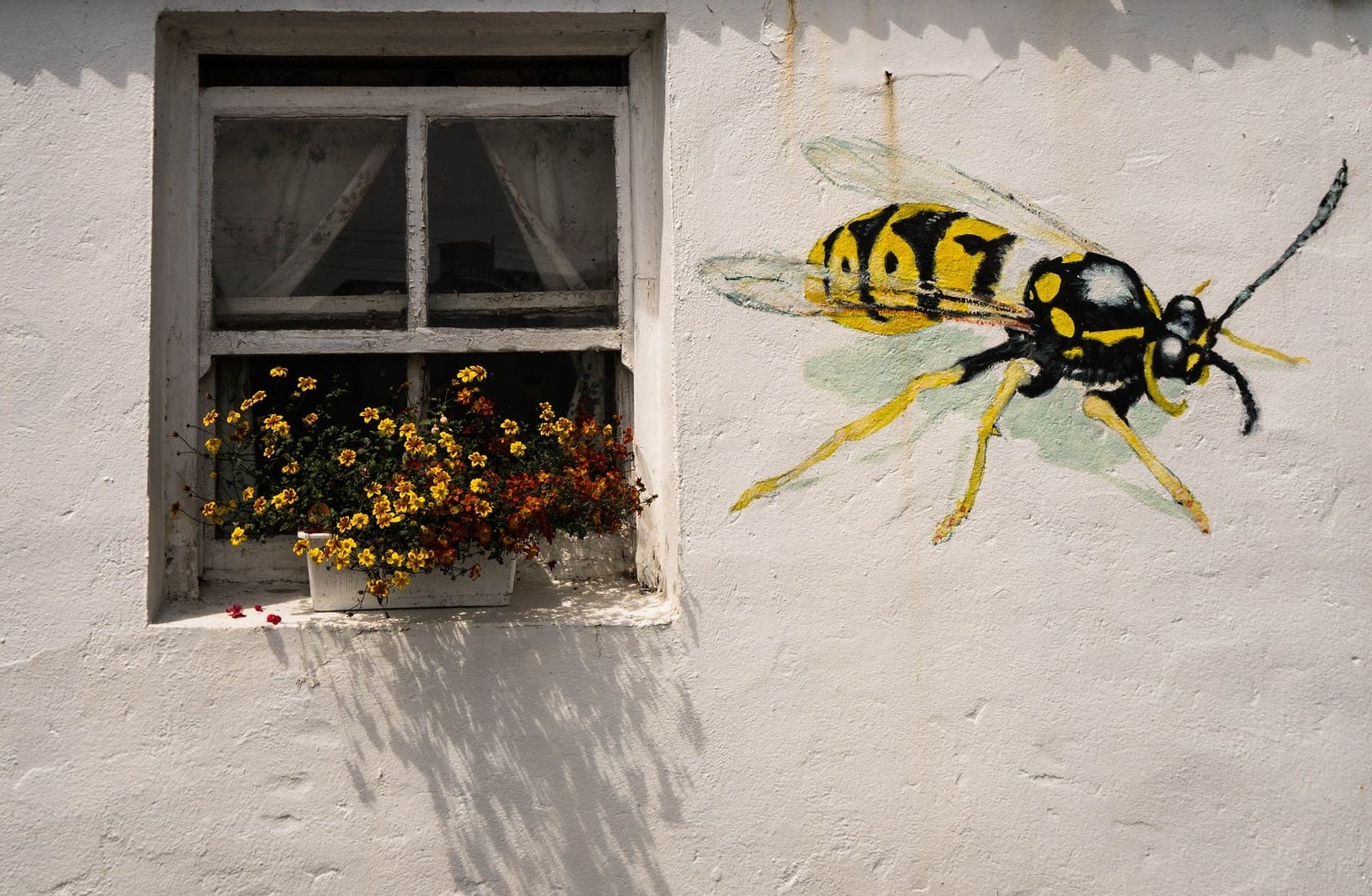The Three Most Dangerous And Commonly Managed Yellow Jacket Pests On Both Residential And Commercial Properties In Southern California
The group of wasps known as yellow jackets are notorious for attacking humans in response to inadvertent nest disturbances, even seemingly minor nest disturbances. Accidentally bumping into a yellow jacket nest hidden in shrubs, or stepping over a subterranean nest obscured by grass, often results in medically serious envenomation incidents, and sometimes, death. The vast majority of yellow jacket envenomation fatalities occur as a result of serious allergic reactions known as anaphylactic shock, and not from venom toxicity. The three most common triggers of anaphylactic shock include allergic reactions to food, medicines and insect envenomations.
Insects in the order Hymenoptera are responsible for the greatest number of both fatal and non-fatal arthropod envenomation incidents reported annually in the US. Insects in this order include ants, bees and wasps, and social wasps include paper wasps, yellow jackets and hornets. Mosquitoes are the deadliest insects in the world due to the millions of people who die annually from Malaria and other mosquito-borne diseases, but in the US, yellow jackets are ultimately the deadliest insects. This is not surprising, as research shows that somewhere between 150 and 1000 honey bee stings is sufficient to cause death from venom toxicity, but the range of yellow jacket stings necessary to cause death has been estimated to fall between a mere 20 and 200 stings.
Most yellow jacket species live in close association with humans due to the survival benefits that human settings offer, most notably human foods. The most commonly encountered yellow jacket pests in urban and suburban areas of southern California include western yellow jackets (Vespula pensylvanica), common yellowjackets (V. vulgaris), German yellowjackets (Vespula germanica), and aerial yellowjackets (Dolichovespula arenaria), as well as several less common species. The western yellow jacket is the most commonly managed yellow jacket pests on residential and commercial properties in southern California, and they usually nest in the ground, but it is not uncommon to find these pests nesting in wall voids, attics, and other aboveground sites.
Most yellow jackets abandon their nest to scavenge for sweets, meats and other foods in response to nest overcrowding and dwindling native food sources during the late summer and fall. However, the western yellow jacket is known for readily scavenging throughout human settings during the spring, summer and fall seasons, but most notably during the fall. Because of this, western yellow jackets are responsible for the greatest number of reported envenomation incidents annually in southern California.
Have you ever sustained a sting from a lone yellow jacket forager?


